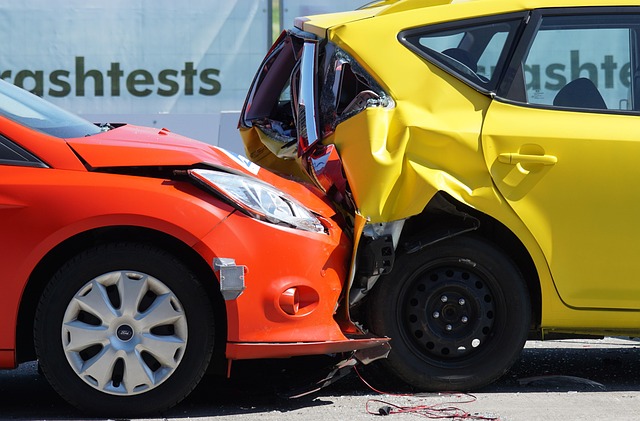Resale Factors for Open-Roof Vehicles in Global Markets
Open-roof vehicles such as roadsters and cabriolets occupy a distinct niche in global car markets. Resale value for these cars depends on model type, regional demand, condition of weatherproofing and upholstery, as well as maintenance history, storage practices, and how well performance and customization have been preserved.

Open-roof vehicles — including roadsters, cabriolets and retractable hardtop models — present resale considerations that differ from closed-roof cars. Buyers evaluate a vehicle’s exposure history, mechanical integrity, and cosmetic condition alongside market trends. In locations with mild climates and strong enthusiast communities, demand for well-maintained open-roof cars can remain steady; in harsher climates, buyers often prioritize weatherproofing, rust prevention and service records. This article outlines the main factors that influence resale value for open-roof vehicles across different global markets.
Cars: market factors and regional demand
Resale for open-roof cars is sensitive to local market preferences and seasonal cycles. In coastal or warm regions, demand for convertibles tends to be higher, while colder or high-precipitation areas can depress interest. Economic conditions and fuel prices also shape demand: periods favoring leisure purchases or discretionary spending help convertibles retain value. Import taxes, homologation rules and local registration costs in different countries further affect resale prices for imported cabriolets and roadsters, so understanding regional regulations and demand patterns is important when assessing resale prospects.
Roadster and cabriolet: model type effects
The distinction between a two-seat roadster and a larger cabriolet influences resale. Roadsters are often valued by enthusiasts for handling and performance, while cabriolets can appeal to buyers seeking everyday usability with open-top flexibility. Limited-production roadsters or models with strong enthusiast followings tend to hold value better, provided provenance and maintenance are documented. Practicality, seating configuration, and brand reputation play roles: vehicles that balance desirability and usability often see more consistent resale outcomes across markets.
Softtop or hardtop: durability and weatherproofing
The type of roof — fabric softtop versus retractable hardtop — has clear resale implications. Softtops can be lighter and simpler but may show wear in the form of fabric degradation, seam leaks or fading; buyers will closely inspect weatherproofing and seals. Retractable hardtops add complexity and weight but generally offer better insulation and long-term protection from the elements; however, mechanical failures in folding mechanisms can be costly to repair. Clear records of roof repairs, recent replacements, and evidence of proper storage improve buyer confidence and resale value.
Maintenance, storage and upholstery considerations
Consistent maintenance history and appropriate storage habits are among the strongest predictors of resale value. Preventive care such as regular servicing of convertible roof mechanisms, rust checks, and attention to upholstery (leather, vinyl, or cloth) reduces visible and mechanical deterioration. Indoor or covered storage limits UV and moisture damage, which is particularly important for softtop materials and interior trims. Detailed service records and photographic evidence of storage conditions help reassure buyers and often result in higher resale prices in diverse markets.
Insurance, ergonomics and customization impacts
Insurance costs and ergonomics influence buyer decisions and therefore resale potential. Insurability and premiums vary by region, vehicle age, and model; cars with a history of claims or poor safety ratings can face reduced demand. Ergonomics — seating comfort, ingress/egress, and visibility with the top up — affect everyday usability and buyer appeal. Customization can be double-edged: tasteful, documented upgrades that improve performance or comfort may add value for certain buyers, while non-factory modifications or amateur installations can reduce marketability and perceived reliability.
Aerodynamics, performance and resale value
Performance metrics and aerodynamic condition matter for resale among buyers focused on driving dynamics. Convertibles often have structural reinforcements that alter weight distribution; vehicles where chassis stiffness and suspension remain well-maintained generally command better prices. Aerodynamic components and underbody health influence fuel efficiency and stability at speed; visible damage or poorly repaired panels can lower buyer confidence. Keeping records of performance servicing, alignment, and any factory-specified upgrades supports a stronger resale position across markets.
Conclusion
Resale outcomes for open-roof vehicles reflect a combination of technical condition, documented maintenance, regional demand, and the specific characteristics of the roof and interior. Prospective sellers and buyers should weigh weatherproofing, storage history, roof type, ergonomics, insurance implications, and any custom work when assessing value. Thorough documentation and attention to routine care increase transparency and typically improve resale prospects in diverse global markets.






